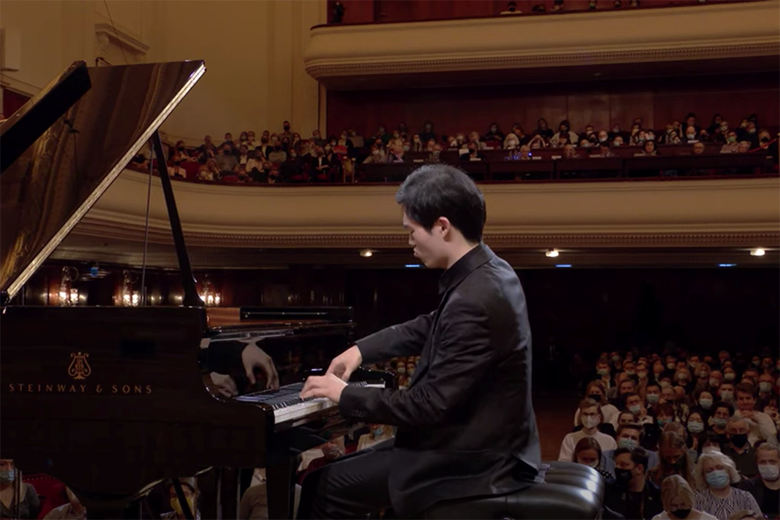The Chopin Piano Competition, day five
Jed Distler
Friday, October 8, 2021
Stage 1 draws to a conclusion

Register now to continue reading
Thanks for exploring the Gramophone website. Sign up for a free account today to enjoy the following benefits:
- Free access to 3 subscriber-only articles per month
- Unlimited access to our news, podcasts and awards pages
- Free weekly email newsletter







